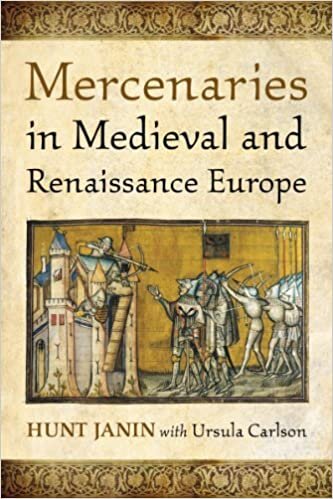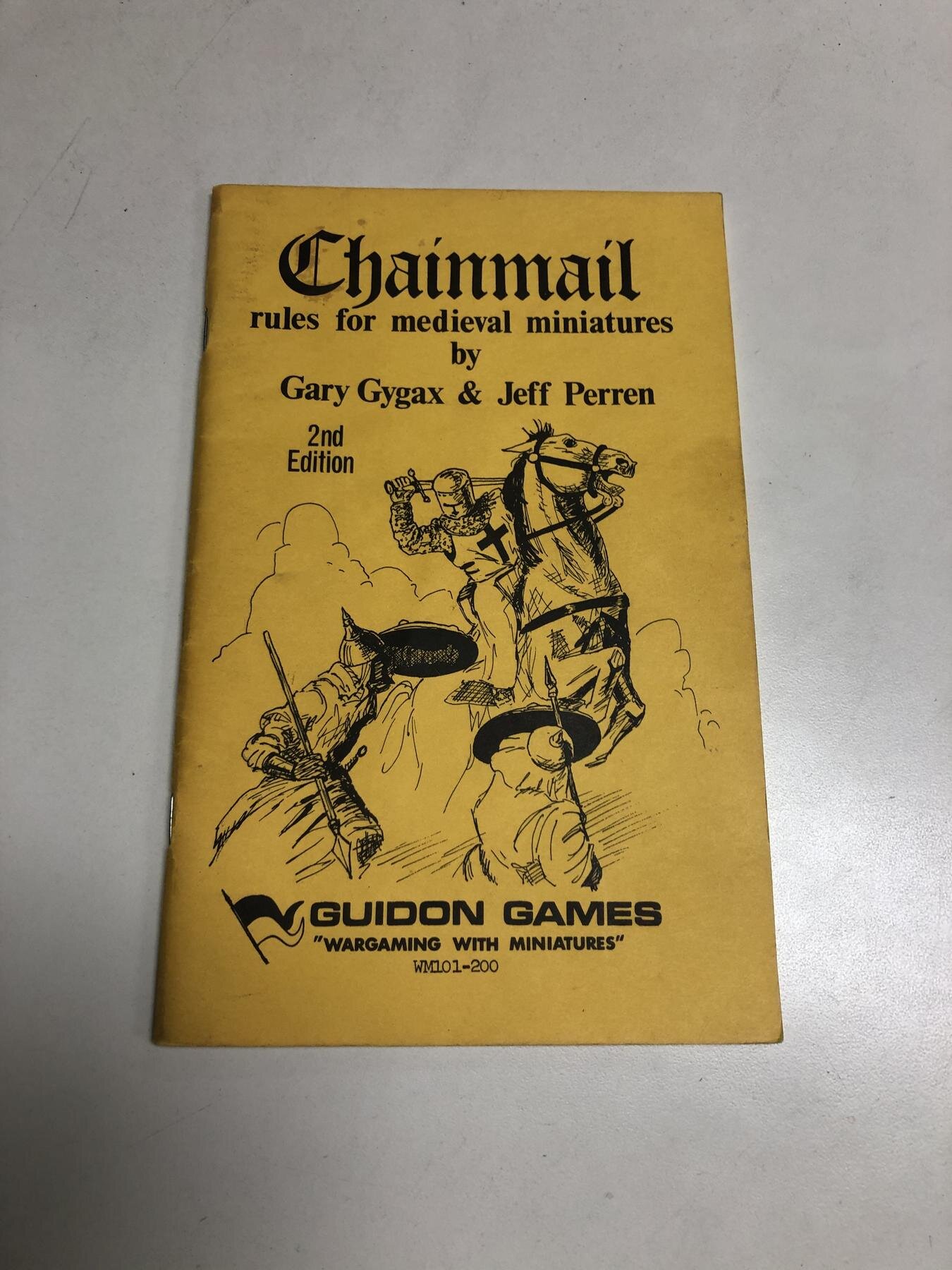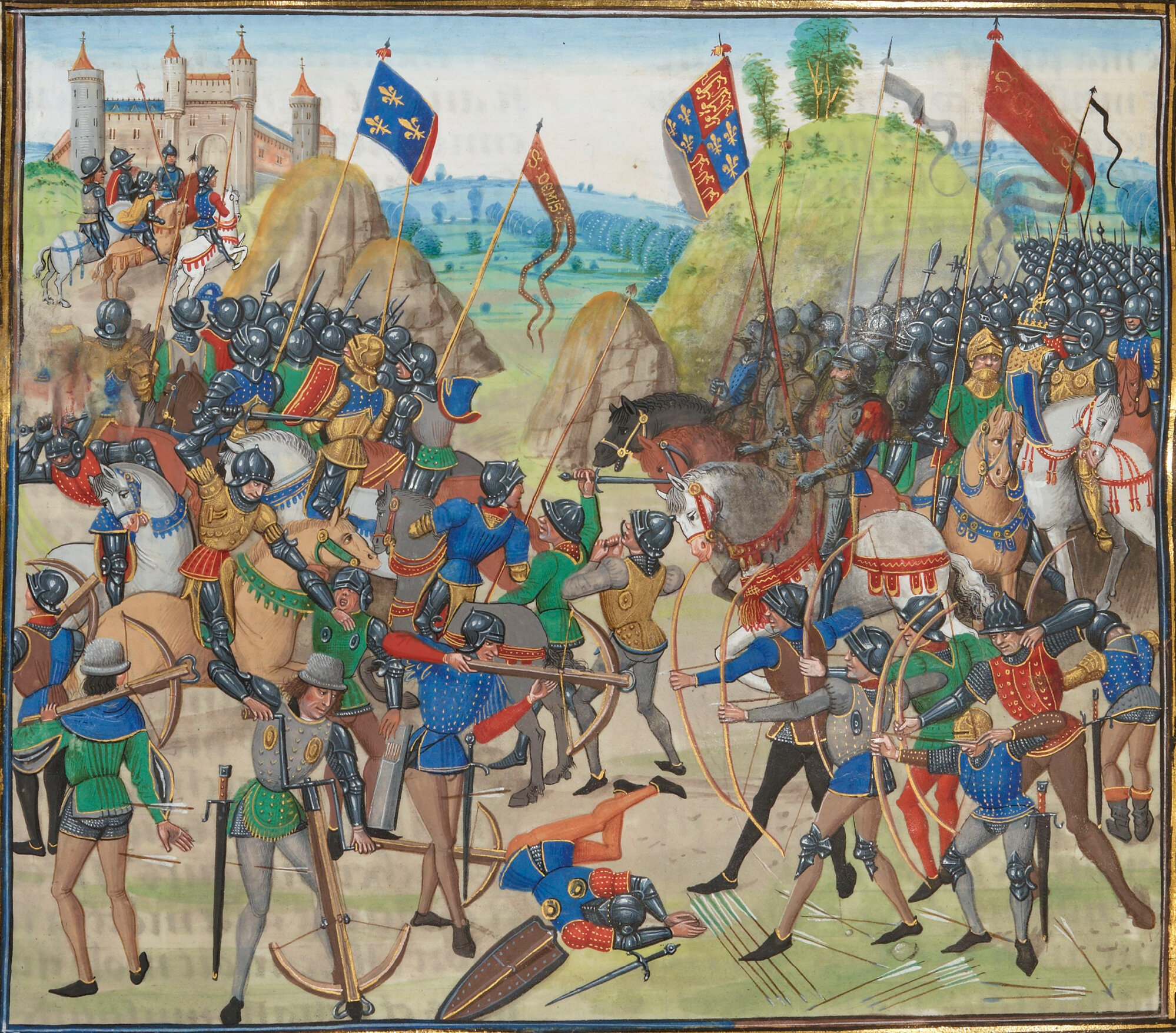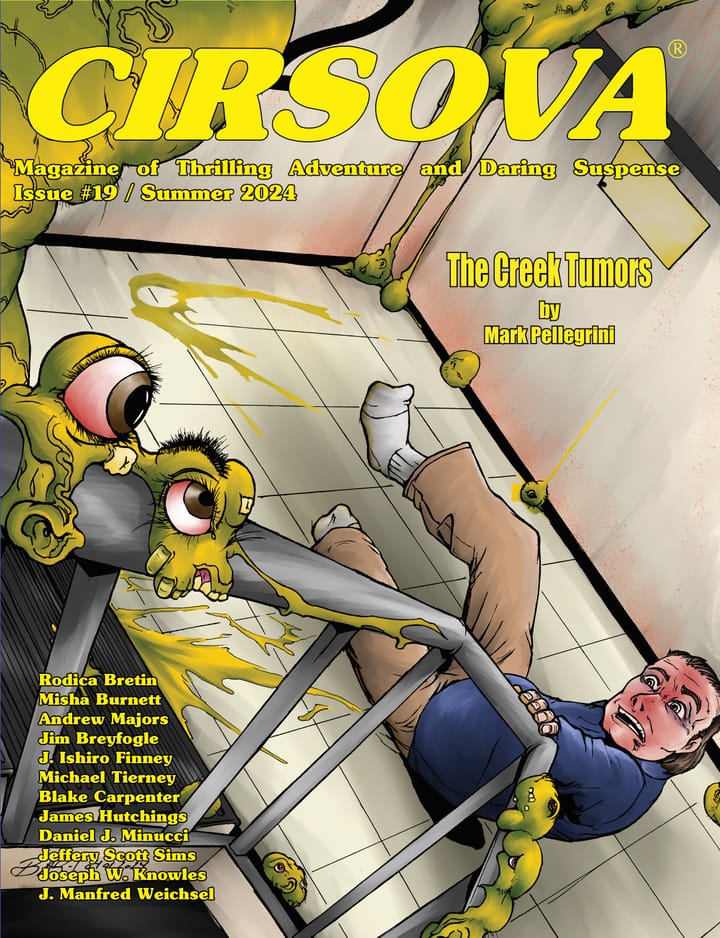Mercenaries in Medieval and Renaissance Europe by Hunt Janin and Ursula Carlson Book Review
It isn’t often that I bother to leave a negative review. For the most part, I close the book and move on. However, this is an interesting case. Mercenaries in Medieval and Renaissance Europe [Amazon link] by Hunt Janin and Ursula Carlson is a book I have had for six years. I received a review copy through LibraryThing’s Early Reviewers program, but I get enough review requests that I cannot do a formal review of everything; so it sat unread.

Recently, I’ve been enjoying Jeffro Johnson’s Advanced Dungeons and Dragons first edition campaign reports on his blog, which led to me taking a look through the the brief rulebook, Chainmail: Rules for Medieval Miniatures by Gary Gygax and Jeff Perren. Jeffro is best known for exploring Appendix N and its influence on D&D [Amazon link], but recently he has also been looking at how players in the 1970s interpreted the concept of a role playing game, and how that differs from how the game is played now.

Chainmail is a set of rules for miniature wargaming in a medieval setting, and as such it has a brief but dense summary of how medieval warfare was conducted embedded within it as the behavior of the various units you can field is explained. In particular, any unit in the game can be fielded as a mercenary unit, but that unit can randomly stop obeying the player’s orders, or even flee the battle entirely. This is counter-balanced by the units being cheaper to field, allowing you more total troops.
I decided I should pick up Mercenaries in Medieval and Renaissance Europe as a more in-depth coverage of that topic. At first, I was reasonably pleased. It is a relatively short book, written in a pretty accessible style for the non-expert, taking care to explain terms of art that a general audience might be unfamiliar with.
However, as I got into the book, it started to seem quite different than my expectations. The back cover blurb claimed the book draws heavily on contemporary accounts, but in the introductory chapters, covering medieval and renaissance warfare in general, I found that most everything cited was just a quote or a paraphrase from a secondary source.

Battle of Crécy, 1346
By Jean Froissart - From Chapter CXXIX of Jean Froissart’s Chronicles, example source at http://www.maisonstclaire.org/resources/chronicles/froissart/book_1/ch_126-150/fc_b1_chap129.html, Public Domain, https://commons.wikimedia.org/w/index.php?curid=438361
I hoped for a different pattern to emerge in the following chapters, but I only found more of the same. The section on medieval weapons and armor at least cited Anna Comnena’s account of the crossbow from the Alexiad, but that account contains a ridiculous exaggeration of the power of a twelfth-century crossbow.
The crossbow is a weapon of the barbarians, absolutely unknown to the Greeks…this instrument of war, which fires weapons an enormous distance, as to be stretched by lying almost on one’s back; each foot is pressed forcibly against the half-circles of the bow and two hands tug at the bow, pulling it back with all one’s strength toward the body….In the firing, the string exerts tremendous violence and force, so that the missiles wherever they strike do not rebound; in fact, they transfix a shield, cut through a heavy iron breastplate, and resume their flight on the far side.
The authors did at least mention that medieval commentators had a tendency to overstate the numbers of men in a battle, casualties, and the scope of a victory. For example, in the preface, the authors compared the number of men of listed in an account of a papal campaign in Corsica in 1445 as 16,000, while the financial records indicate there could have been more than 1,000. Yet, when it comes to the Alexiad, they fail to take the same care. The Knight and the Blast Furnace by Alan Williams [Amazon link] is a standard work here, using careful measurement and experimentation to determine what weapons could or could not penetrate armor. It is admittedly out of print, but summaries of its important points are easy to find if you care to look.
One of the main criticisms I see of this work in other reviews is that the authors frequently cited webpages. On a first glance through the notes, it didn’t seem overly prevalent, but a closer look reveals a number of sources in the notes such as “Medieval Warfare”, which means www.medievalwarfare.info when you consult the bibliography. In principle, I don’t care if an author cites a webpage. Authors of other popular works of history like Ed West have done so in Path of the Martyrs. I did so myself in the crossbow discussion above. I do however think the authors might have dug a little harder in many instances.
Also contrary to some other reviews, the authors haven’t simply passed on falsehoods. The weapons and armor section seems poor to me, but I also note is is the least footnoted, and the errors contained therein are at least popular ones. Janin and Carlson correctly note that Hruodland, captain of the Breton Marches was likely killed by angry Basques, even if that complicates the narrative of the Song of Roland.
Overall, I don’t think I could recommend this book, despite the overlap of its subject matter with my interests. Much of the material is repetitive, and it is organized strangely, skipping back and forth across centuries within a few paragraphs. I think a much shorter, more focused volume might have turned out better, but I also don’t know exactly what the publisher asked of these authors.
I think I might get more out of the books in the bibliography complied here. Perhaps that is the true value I have received.



Comments ()